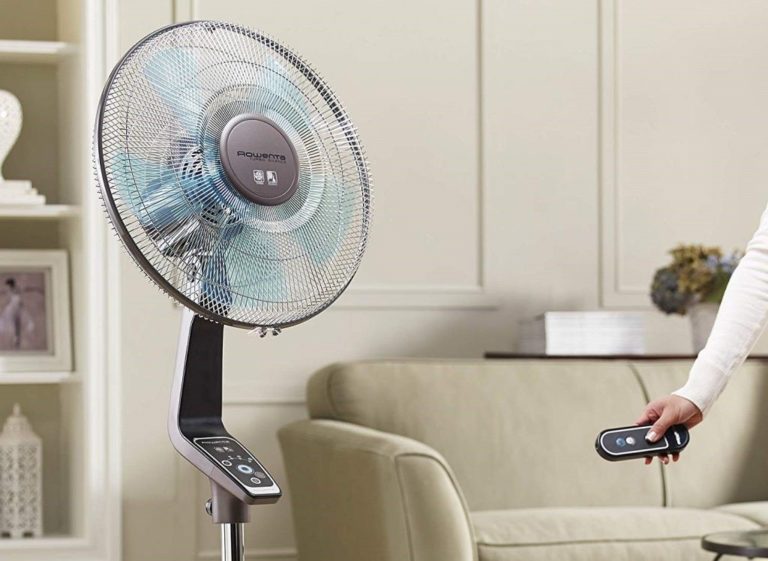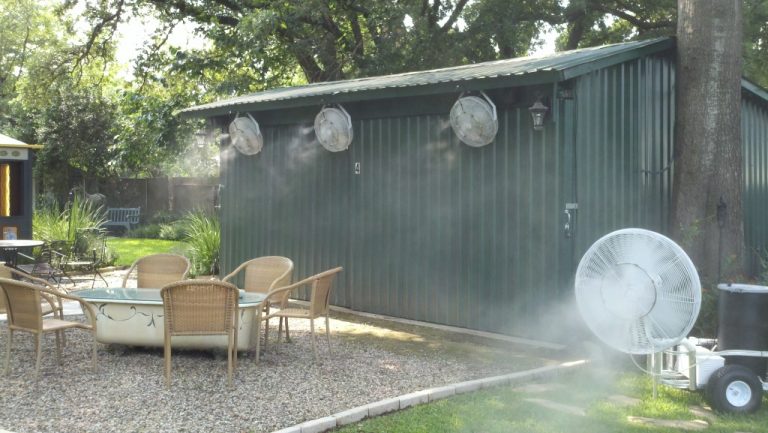Attic vs Whole House Fan – Pros, Cons, and Comparisons
Whether you’re in your home or office, it can be unbearable to stand the heat or humid while relaxing or working, and therefore, you opt to find solutions on how to solve it. However, you might be contemplating what to buy between the Attic fan and Whole house fan.
They both tend to have similar similarities, but mind you, they both have different or serve different purposes, starting from functionality, installation, etc.
And, compared to an air conditioner, Attic fans and whole-house fans are way much cheap and energy-saving.
We will take you through all what you need to know about the whole house fan and Attic fan, for a better understanding. Keep reading:
Attic Fan Vs. Whole House Fan: Main Difference and Which One is the Best?
Pros And Cons
Attic Fan
Pros:
- Less expensive
- Easy to install
- Most effect during the day
- Lessen heat
- Lowers heat of the attic air
- Prevents ice damn in winter
- Lengthen the lifespan of home components
- Effective in the hottest time of the day
Cons:
- No, prove its cost-efficient
- No effect on resale value
- Can cause backdraft of carbon monoxide
- The electric fan banned in some places
Whole House Fan
Pros:
- Increase the home resale value
- Efficient in cooler times of the day
- Cools a house in one hour
- Energy efficient
- Draws cool air through the window
- Offer 30 to 60 air change in an hour
Cons:
- Poor choice for allergy sufferers
- More expensive
- Can cause heat loss in winter
- Difficult to install
- Too much noise
Working Process
The whole house fan installed inside the attic between the living space and ceiling. It helps to cool your home and attic by up to 30 degrees and more. They remove the hot air out of the house; the warm air then escapes through the attic and to the attic vents allowing the circulation of fresh air from the windows.
Whereas a typical fan can’t do, a whole house fan does both the work of attic and the whole house fan.
An air conditioner can use up to 3000watts power if you compare with a whole house fan, which uses 70 to 300 watts, thus, using 10% or so energy less.
Note: The whole house fan plays a significant role in preventing the heat from the attic spreading to the living room or the entire house at large.
They are also environmentally friendly, cost-effective, and practical—a good substitute for an air conditioner.
Their many types of whole house fan, you just need to choose according to your needs and keep your bills on track.
Reference: https://www.hvacquick.com/howtos/howto_wholehousefan.php
Attic fan works by circulating air through the attic while eliminating the heat outside through the vents, and, replace with fresh air from outside.
Though their different attic ventilation systems, most of them feature small vent, namely roof, and soffit. Their purpose is to draw in fresh air while preventing heat from the attic to circulate your home.
Unlike the whole house fan, which is expensive and difficult to install, an attic fan is easy to install and less way cheap.
During summer, the temperatures can rise over 160 degrees, an attic fan lowers the heat in the attic fast, with less energy, compared to an air conditioner.
Attic fan runs best during the day when the heat and humidity on the attic are high. They help in cooling.
Reference: https://www.atticguys.com/attic-fan-work/
Where to Use
Whole house fans work best when the outside temperatures are more relaxed, which is in the morning and evening. Whereas Attic fans are highly active during the day when the temperatures are very high.
A whole house fan has more than a goal because they keep both the building and the entire house cool. Compared to the attic fan, which only exhausts air from the attic and doesn’t provide a cooling solution to the living area.
While quality Attic fan is designed specifically for the removal of air on the attic with the gable vents exhausting the hottest atmosphere, the whole house fan just brings in cold air from outside.
Attics fans prevent damage like ice damming in attics during winter. You see, attics can build moisture and cause severe damages to appliances and pieces of equipment.
Attic and whole-house fans are valuable and easy to use, especially if you’re on a budget compared to an AC, which is expensive to run, mostly if it has to, all summer. They are both easy to use, so long they are correctly installed. Additionally, they require minimal maintenance.
Where to Place
Place your whole house fan in the attic between the ceiling and the living space. However, in many homes, it’s installed in the central hallway.
With the attic fan, you need to trace the fan’s body, then place it on plywood big enough to mount on the studs on both ends of a vent. Cut out the circle and then install the fan over the cutout using a drill.
Installation
Whole house fans can be a bit difficult to install compared to the attic. You might need a professional to do this for proper wiring, new attic vents if need be, and measurements.
For more natural exhaustion of the fans’ air outdoor, you may need to increase the attic ventilation to 5 or more attic vents than the common area for proper functionality.
Also, you should buy or build a tight-sealing cover, if your whole house fan doesn’t have one. In addition to this, enough ventilation can help to prevent concentrated suction in one place or location. And so, you should always open windows throughout to avoid backdraft in your furnace, which can bring carbon monoxide.
Attic fans, on the other hand, are easier to install because of their location and size. You may also need a professional though not in all cases.
A roofer is needed if the fan has been installed on the roof to ensure its well-sealed, and the same case applies to the whole house fan, which requires a skilled and specialist person to maintain the home interior. For additional vents installation and ventilation access, only a professional needs to handle this. Both processes require a professional Carpenter for cutting and drilling for proper fittings and electrician for the wiring for better results.
Their charges vary for various reasons like the complexity of the work, etc. An electrician can charge $45 to $75 to per hour, while a carpenter from $70 per hour.
Price
There are certain factors to consider while installing an attic fan. It can cost approximately $300 – $ 600, with most people spending $550, including labor Attic fans are way much cheaper compared to whole-house fans. The easy calculation would be: if you to vent a 1500 square feet attic, which would cost $70, with the addition of humidistat cost of $15 and professional labor of $40, then the total would be $125.
A whole-house fan can cost approximately $1000 – $1500. calculating would be a 2500 square feet attic, which is $800, including remote control, timer, and ceiling grill. The gable vents would be $150 for a pair and professional labor $170 Totalling to $1120.
Efficiency
According to research, the attic fan is not cost-saving, and although most users claim it is, it’s not evidence-based. It draws 300watts making it look like its energy saving.
It has been banned in some states because there was no proof that they are energy efficient.
A whole house fan is energy- efficient drawing 200watts compared to other air conditions. It saves up to 90 percent less than the AC.
You have to seal the outlet of the whole house fan when not in use to prevent heat from escaping from the attic.
Noise
The size of the fan determines the noise in an attic fan. The bigger it is, the less noise and vice versa. Also, due to regular wear and tear, they can lose their ability and start making mild to loud noise.
As technology expands each day, the new models of whole house fans are quieter, and they have a flow range of 1000 to 4000 cfm than the older, which could move between 5000 to 7000 cubic ft of air per minute. Smaller fans tend to be loud while running on high speed though than big fans running at low speed.
Safety
It would be best if you sealed the attic fan completely between the attic and living area. Also, it needs to have roof ventilation for the intake of air into the attic.
Also, it can lead to inadequate ventilation due to back-drafting conditions caused by gas water heaters and gas stoves.
Resale Value
Due to the negative impact of attic fans, It’s likely there is no guarantee of a resale value but, that doesn’t directly pin you cannot seel your home still.
Whole house fans are easily resalable than attic fans. Highly recommended in most areas due to their cooling needs and, of course, compared to the air conditioner, you will opt for one.
Conclusion
Attic fans and whole-house fans are different. They both have distinct similarities and functions. You can choose to depend on your needs and enjoy the cooling solutions which come with them.







What’s up it’s me, I am also visiting this web site regularly, this web site is truly
fastidious and the viewers are in fact sharing pleasant thoughts.